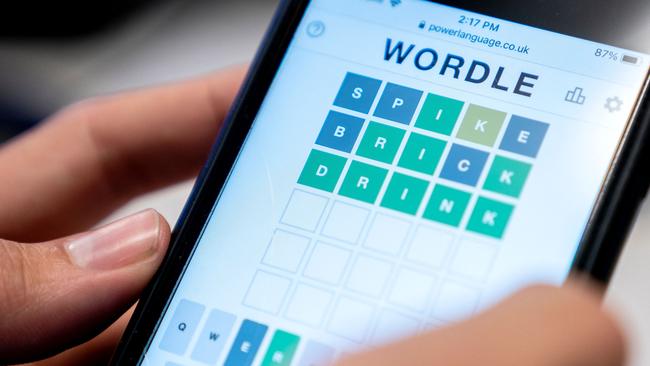Women over 50 are the new gamers and developers are catching on
Australia’s video game industry brought in $345.5m in revenue last year and older women are driving major change across the industry.

Women over the age of 50 are part of one of the fastest-growing demographics of video gamers, an industry that brought in a collective $345.5m last year.
The new breed of gamer is bringing about major change across the industry, with developers now targeting mature gamers with newer games that vary from classics such as Star Wars and Mario Kart.
The growing demographic is also inspiring a wave of games adapted from the kind of puzzles and crosswords typically found in newspapers, said Jeffrey Brand, a Bond University professor of communications.
“So 81 per cent of Australians today play video games, and yes Wordle counts as a video game because it has a win-lose condition, it’s a video presentation and even though it’s kind of like a board or a book game, it is played competitively and you have running stats,” he said.
Mr Brand is the author of the Australian Game Developer Survey, a joint initiative with the Interactive Games & Entertainment Association, which measured revenue growth of about 21 per cent over the past year.
The shifting demographics of Australian gamers, particularly mature women, had become increasingly clear over the past several years, Mr Brand said.
“One of the most interesting things that we have found over the past few years is that right around the age of 50 more women play games than men. They actually dominate the use of games,” he said.
Developers had cued on, especially after seeing the popularity of games including Wordle, a game requiring players to guess a five-letter word in six chances or less.
The viral game, created by New York-based software engineer Josh Wardle for his partner, shot to popularity in 2021 and was sold to the New York Times two months later for over $US1m.

Australian developers would benefit from the rise of more mature games, Mr Brand said, as the country had made a name for itself for developing products for irregular gamers. “A lot of the products that come out of Australian studios are for casual gamers and are really very interesting. We have a lot of original IP that really appeals to that audience,” he said.
Across the industry more broadly, “the average age of gamers today in Australia is 35 and they’re just as likely to be women as men”, Mr Bond said.
Ron Curry, CEO of the Interactive Games & Entertainment Association, said there was also a shift in how people accessed games. Not so long ago, destination gaming – which refers to going to another room with a console and screen set up to play a game – was the norm whereas in 2023 people will play games on the bus, at work and even in their bed via mobile devices.
“Snack gaming is the gaming you’re doing when you’re on the move, when you’re on the train, when you’re waiting for a bus or just when there’s an opportunity to take five or 10 minutes to play,” he said.
Mr Bond said the pandemic was behind much of that shift toward gaming on mobile devices, particularly for those over 50.
“The older adults in the population have really taken to games, particularly in the past five years, and the pandemic did a lot to introduce new digital tools, particularly smartphones and tablets and laptops to older adults,” he said.
Over the past 18 years, the number of women playing games has risen, with the demographic now making up 46 per cent of all gamers across the country. In 2005, women accounted for 38 per cent of local gamers.







To join the conversation, please log in. Don't have an account? Register
Join the conversation, you are commenting as Logout